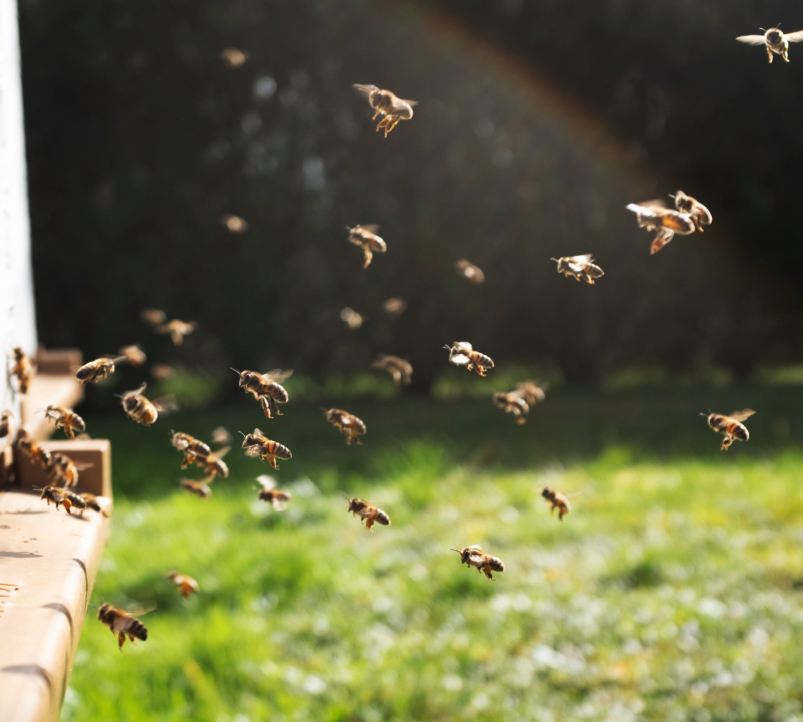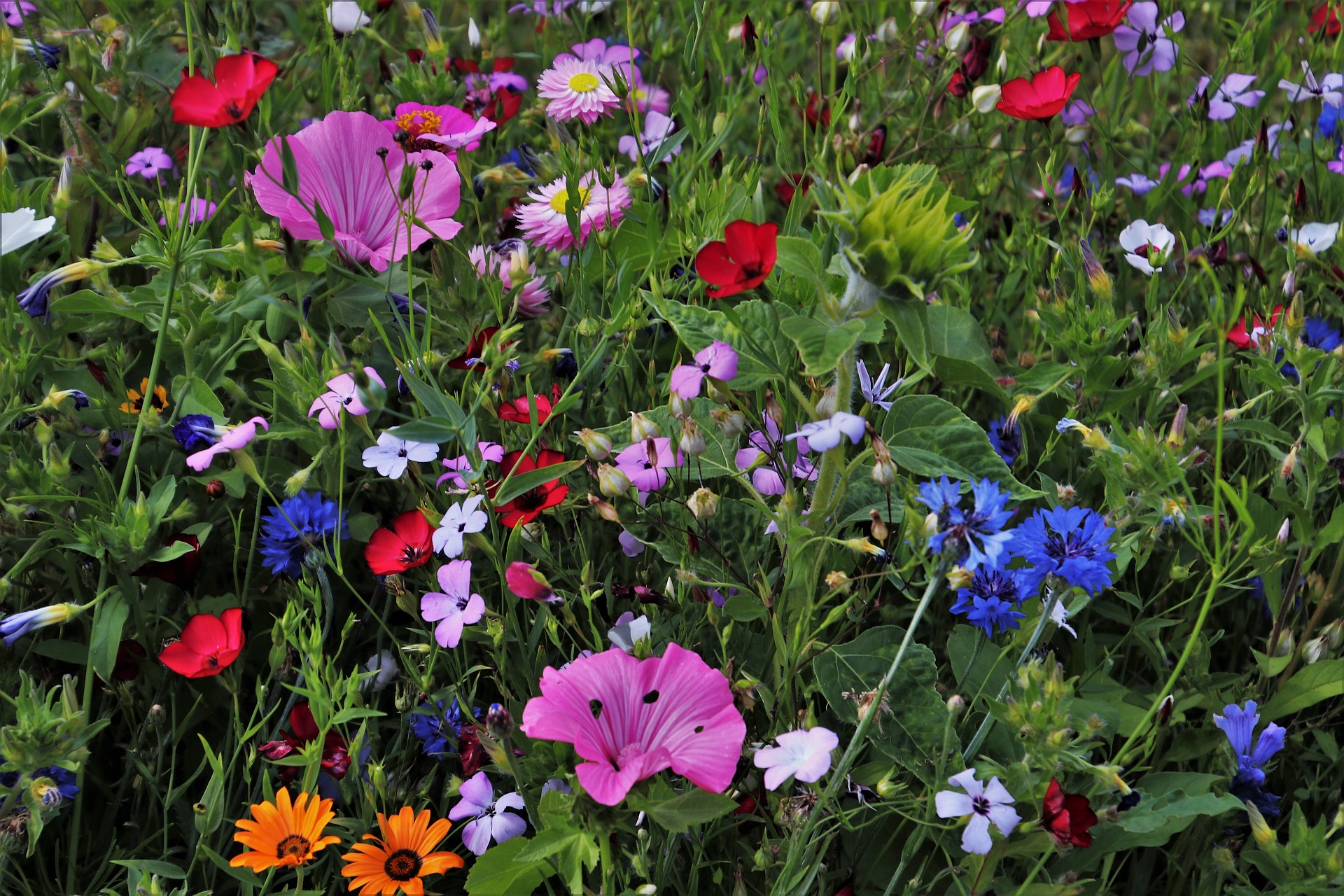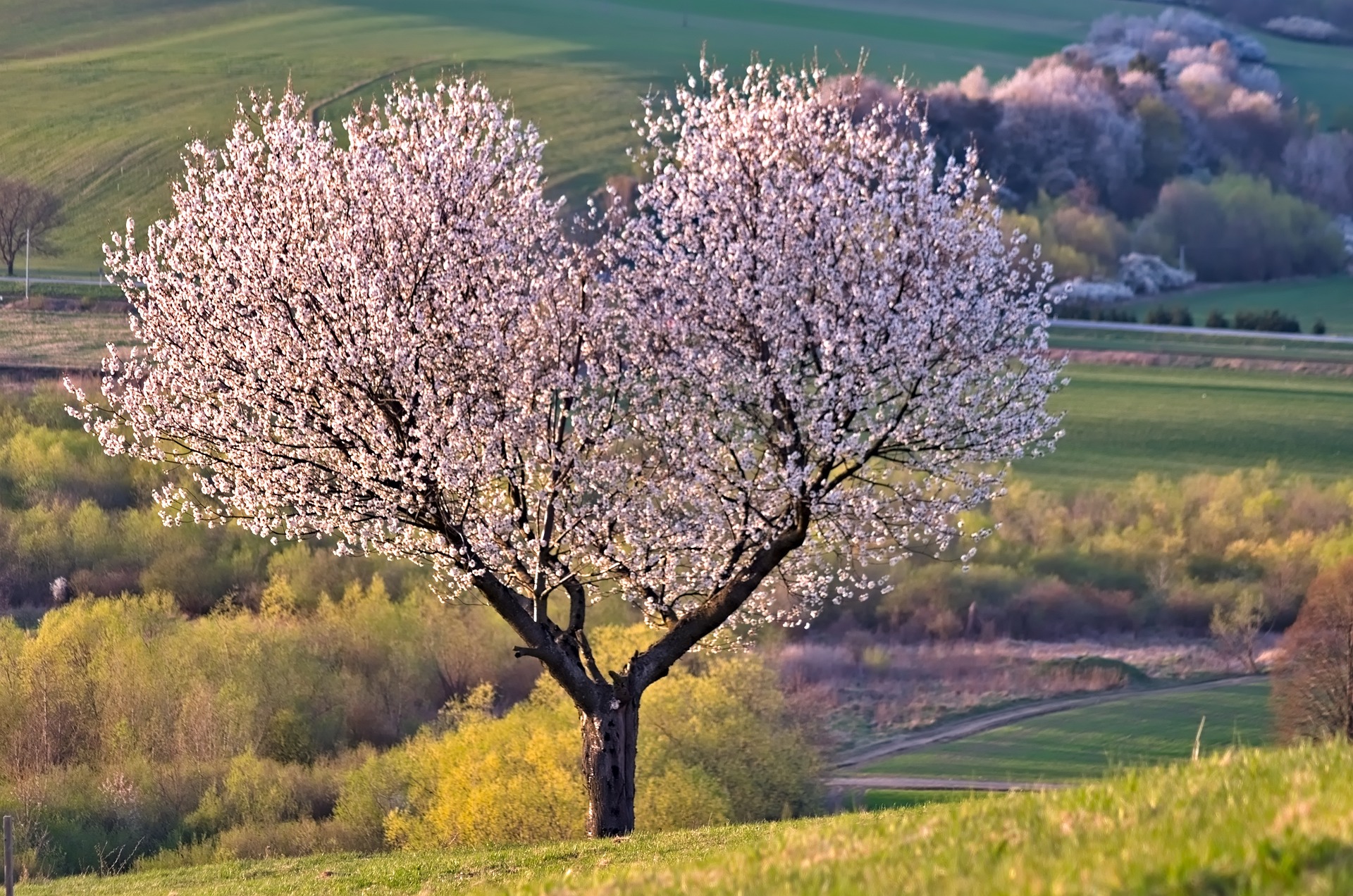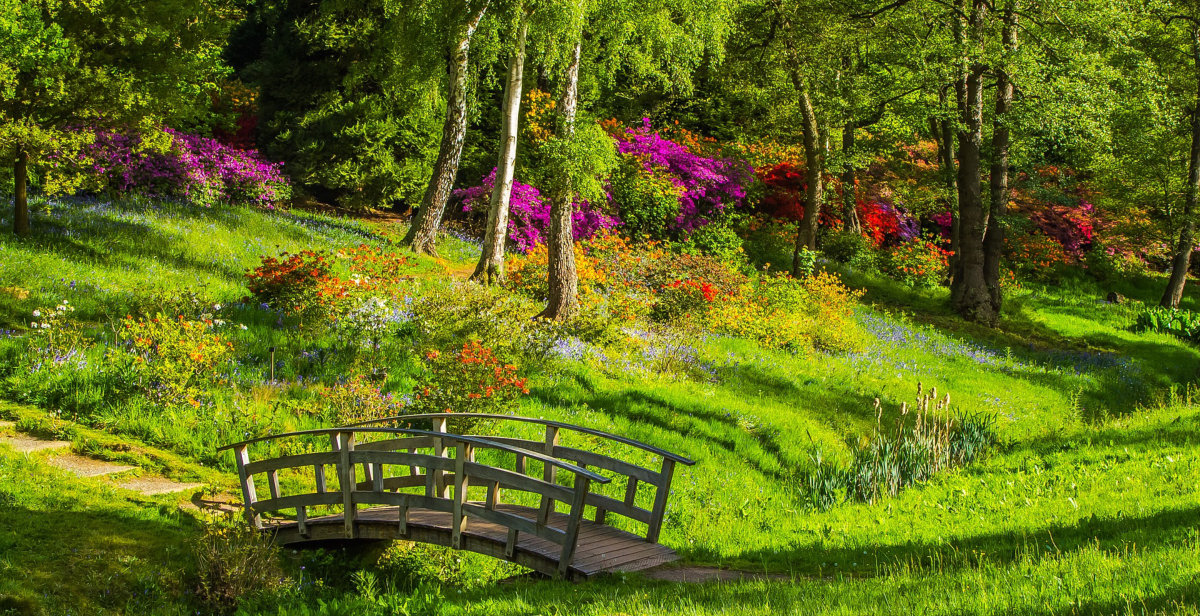How you can Help Save the Bees
You’ve no doubt heard the grim statistics about how many beehives die per year and what a future without bees to pollinate crops would look like. Beekeepers are all that stand between honeybees and their eradication.
Despite there best efforts, deadly disease and horrible invasive mites contribute to the average beekeeper losing between 20 to 40 percent of their hives annually.
When you buy our Craft Honey, the bulk of the sales price goes to the backyard beekeeper, the homesteader or other small honey producer that produced it, each of whom has an interest in saving the bees. After all, it’s their livelihood.
We also donate a portion of our profits to a nonprofit beekeeper association focused on education, beekeeper training and mentoring.
Here are some other ways you can help save the bees.


Plant Something
Pollinators Will Love
As urban landscapes replace forests and farms, there are less wild flowers and trees to provide bees with pollen and nectar. You can help save the bees by providing them with a feast.
Start at the ground level and plant beds or even fields of wildflowers that attract bees, butterflies, and other pollinators. You can buy special pollinator mixes or you can create your own. Just be sure to use multiple varieties of flowers that bloom at different times of year. When nothing is in bloom, bees get hungry, too, you know.
Then plant berries, shrubs and bushes that flower. Give your yard color and the bees food by intermixing those that bloom in the spring with those that bloom in the summer and fall. Look for native species that will prosper in your zone and avoid invasive or aggressive plants.
Fruit trees are excellent for pollinators and many depend on bees to pollinate them, so they go hand-in-hand. Dwarf fruit trees may be the easiest to harvest from and prune. They also make excellent understory trees. For larger shade trees, maples provide weeks of nectar and pollen in the early spring when bees need it most.
Talk to your local county extension agent or beekeepers association for guidance on what pollinators grow best in your area.


Avoid Monoculture
Your neighbors might appreciate a green lawn, but the bees don’t. They’d prefer several varieties of clover and other flowering crops. If you must have a lawn, intersperse it with wilderness areas where native plants and even weeds can grow.
There’s more to a beautiful landscape than grass, but even weeds like dandelions and goldenrod are an important source of nutrition for bees.
Don’t use Insecticides
When you spray those pesky ants or try to kill the grubs in your lawn, you may be unintentionally harming the bees. Read the label or check with your local extension agent. Even if the treatment doesn’t immediately kill the bees, it may weaken the hive and contribute to poor hive health or deaths over the winter.
We recommend avoiding the use of pesticides, but if you must, choose targeted use over broadcast applications. If you spray, please do so at night when the bees are in their hive. If you use herbicides, don’t do so when the plant us blooming.